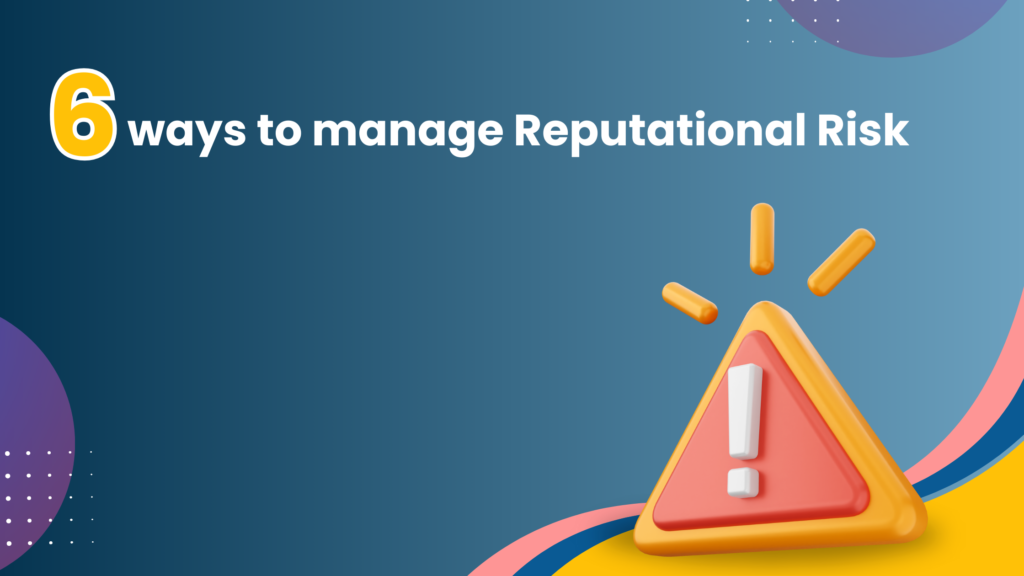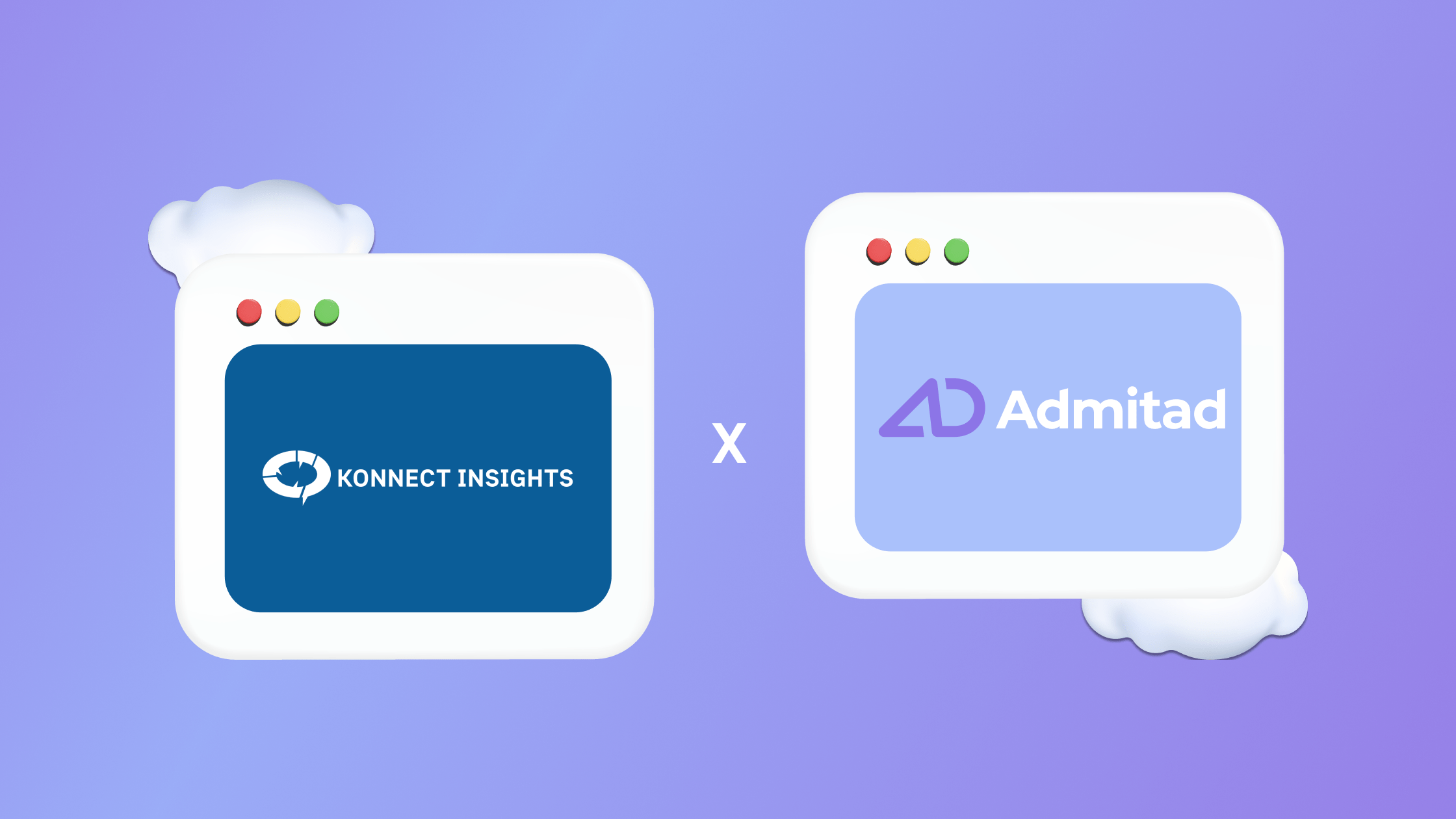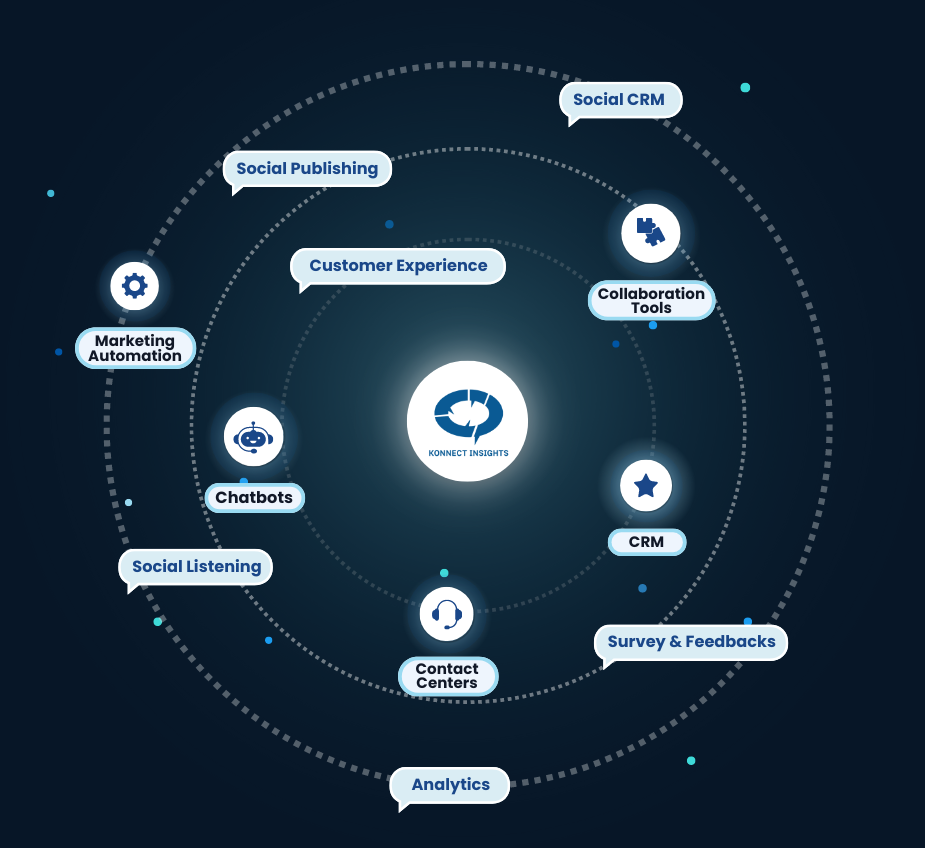In today’s connected world, where information travels at the speed of light, managing reputational risk has become a critical priority for businesses. A single negative incident or scandal can quickly go viral, damaging a company’s image and eroding customer trust. With the rise of social media and online review platforms, businesses can no longer afford to ignore their reputation.
In this article, we will explore why reputational risk management is important and provide six practical strategies to help businesses effectively manage this risk.
Why is Reputational Risk Management important?
Reputational risk management is vital for businesses because it directly impacts their bottom line. A tarnished reputation can lead to a loss of customers, decreased sales, and even legal consequences. According to a survey conducted by Deloitte, 87% of executives believe that reputational risk is more important than other strategic risks their companies face. Furthermore, research from Edelman Trust Barometer reveals that 81% of consumers say that trust in a brand plays a crucial role in their purchase decisions. These numbers highlight the importance of proactively managing reputational risk. Study also shows that along with reputational risk management, online reputation management can increase customer loyalty significantly.
6 Ways to Manage Reputational Risk
1. Make reputational risk part of strategy and planning
Successful reputational risk management starts at the top with senior leadership involvement. It should be integrated into an organization’s overall strategy and planning processes. By identifying potential risks and developing proactive strategies to mitigate them, companies can minimize the impact of negative events on their reputation.
For example, let’s consider a multinational corporation planning to expand its operations into a new market known for its strict environmental regulations. The company’s leadership should incorporate reputational risk considerations into their market entry strategy by addressing potential environmental concerns upfront rather than waiting for negative publicity or legal action.
2. Control processes
Effective control processes are essential for managing reputational risk. Organizations should establish robust internal controls to prevent misconduct or unethical behavior that could damage their reputation. Regularly monitoring and auditing these controls can help identify any weaknesses or areas for improvement.
For instance, a financial institution could implement strict compliance protocols to prevent fraudulent activities. By continuously monitoring transactions and conducting regular audits, the organization can detect and address any potential reputational risks related to fraud or unethical behavior.
3. Understand all actions can affect public perception
Every action, big or small, has the potential to impact public perception. It’s crucial for businesses to understand this and be mindful of how their actions align with their desired brand image. All employees should be aware that their behavior both inside and outside the workplace can reflect on the company as a whole.
Consider a scenario where an employee of a prominent technology company engages in offensive behavior on social media. Even if it’s unrelated to their work, such actions can have serious repercussions for the company’s reputation. Therefore, organizations must promote a culture that emphasizes responsible behavior and aligns with their values.
4. Understand stakeholder expectations
Stakeholders have certain expectations from businesses, including transparency, ethical practices, and social responsibility. Failing to meet these expectations can lead to reputational damage. Organizations should proactively engage with their stakeholders to understand their concerns and address them appropriately. Many FMCG companies optimize customer experience management processes to achieve better results.
For example, a consumer goods company may face criticism for its packaging materials’ environmental impact. By actively seeking feedback from customers and working towards sustainable alternatives, the company can demonstrate its commitment to meeting stakeholder expectations and safeguarding its reputation.
5. Focus on a positive image and communication
Maintaining a positive image in the eyes of the public is crucial for effective reputational risk management. Businesses should invest in building strong relationships with stakeholders through transparent communication channels. Proactive engagement with customers, employees, investors, and other relevant parties can help shape a positive narrative around the organization.
One way companies can achieve this is by leveraging social media platforms strategically. By actively engaging with customers through social media channels, addressing concerns, and sharing positive stories, businesses can build a loyal community that can serve as brand advocates.
6. Create response and contingency plans
No matter how strong a company’s reputation management efforts are, crises can still happen. It’s essential to prepare for potential risks by creating response and contingency plans. These plans should outline clear steps to be taken in the event of a crisis, including communication strategies, designated spokespersons, and crisis management protocols.
For instance, an airline company should have a well-defined crisis response plan in place in case of accidents or incidents that could affect passenger safety. By having a structured approach to handle such situations promptly and effectively, the company can mitigate reputational damage.
What are the tools for reputational risk?
To effectively manage reputational risk, businesses can leverage various tools:
1. Social Listening
Using social listening tools allows companies to monitor online conversations and mentions about their brand in real-time. This enables them to identify potential reputation risks early on and respond proactively.
2. Community Engagement
Actively engaging with customers through community platforms helps build relationships and foster loyalty. By being responsive to customer feedback and addressing concerns promptly, companies can demonstrate their commitment to customer satisfaction.
3. Social CRM
Customer relationship management (CRM) systems equipped with social listening capabilities help businesses track customer interactions across multiple channels. This data provides valuable insights into customer sentiment which helps in Sentiment analysis by addressing any issues that may impact reputation.
4. Social Analytics
Analyzing social media data provides valuable information on consumer behavior, trends, and sentiment towards a brand or industry. By leveraging social analytics tools, organizations can gain actionable insights that inform their reputation management strategies.
5. Publishing
Creating high-quality content through blogs, whitepapers, case studies, or thought leadership pieces positions businesses as trusted industry experts. Consistently publishing relevant content helps shape public perception and enhances brand reputation.
6. Surveys
Conducting regular surveys allows businesses to gather feedback directly from their customers. This information can help identify areas for improvement and address any issues before they escalate and impact reputation.
7. Business Intelligence (BI) Tools
BI tools help organizations analyze internal data to identify potential reputational risks. By integrating data from different sources, businesses can gain a holistic view of their operations and make informed decisions.
Conclusion
Managing reputational risk is an integral part of running a successful business in today’s digital age. By incorporating reputational risk management into strategy and planning, establishing robust control processes, understanding the impact of actions on public perception, meeting stakeholder expectations, focusing on a positive image and communication, and creating response and contingency plans, companies can effectively safeguard their reputation. Leveraging tools such as social listening, community engagement, social CRM, social analytics, publishing, surveys, and business intelligence can further enhance reputation management efforts. Ultimately, a proactive approach to managing reputational risk is essential for building trust with customers and maintaining a strong brand image in the marketplace.






























